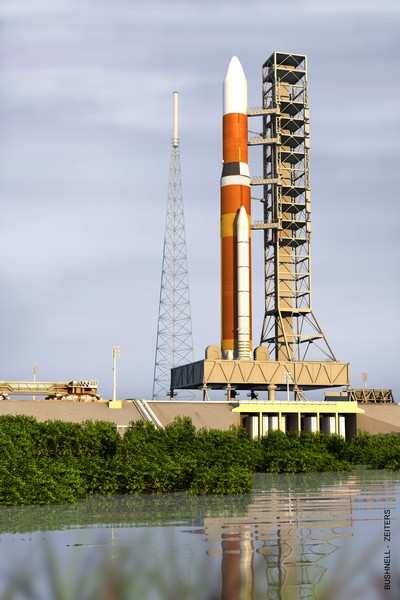Fri, Jun 27, 2008
Advertisement
More News
 Aero-News: Quote of the Day (05.13.25)
Aero-News: Quote of the Day (05.13.25)
“...no entity, whether a division of government or a private company or corporation, may use information broadcast or collected by automatic dependent surveillance-broadcast >[...]
 IAG Orders 76 Boeing, Airbus Airliners
IAG Orders 76 Boeing, Airbus Airliners
Growth And Fleet Replacements On The Way International Airlines Group, a joint holding company between British and Spanish air carriers, announced it has ordered up to 76 new Boein>[...]
 FAA Shuts Down ATC Oversight Review Amid Scrutiny
FAA Shuts Down ATC Oversight Review Amid Scrutiny
Expert Analysts Scrutinized the FAA’s Oversight of ATC Organization In a move that appears somewhat mistimed (at best…tone-deaf at worst), the Federal Aviation Adminis>[...]
 Montanas ADS-B Privacy Bill Signed Into Law
Montanas ADS-B Privacy Bill Signed Into Law
Community Continues to Push Back Against ADS-B-Facilitated Landing Fees On May 8, a bill to limit frivolous use of ADS-B tracking data was signed into law by Montana Governor Greg >[...]
 Newark Falls Victim to More Equipment Outages
Newark Falls Victim to More Equipment Outages
Duffy Shares Plans to Scale Back Flights at Newark Liberty International After a ‘telecommunications issue’ with Philadelphia TRACON brought yet another string of delay>[...]
blog comments powered by Disqus




